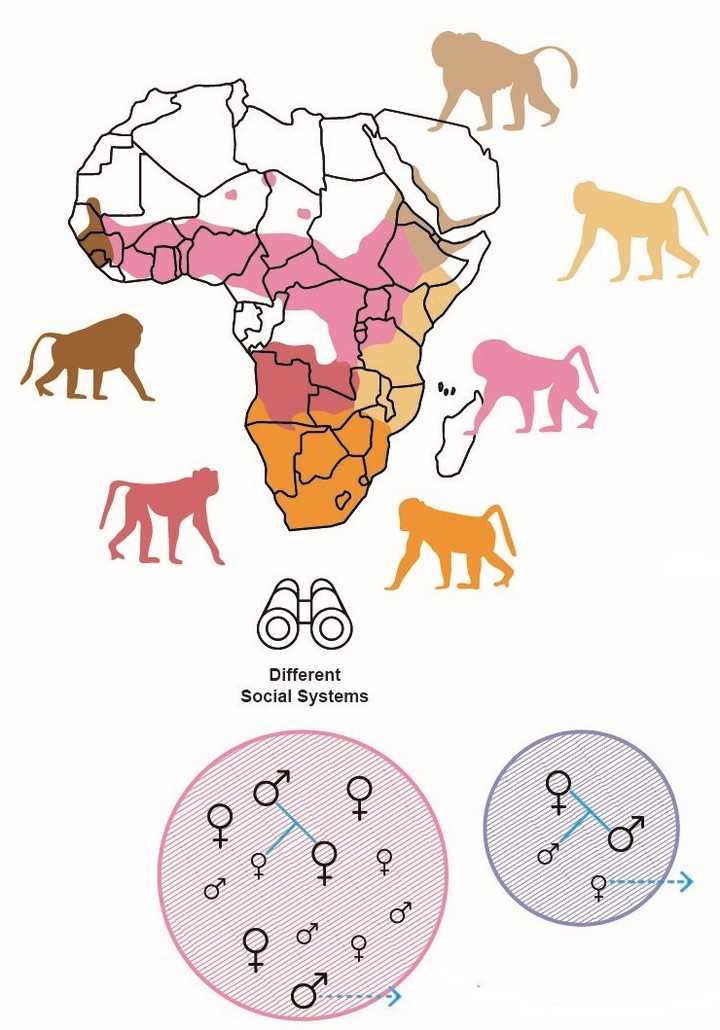In animals, a striking diversity of social systems has evolved, from solitary lifestyles to complex societies. These differences do not only manifest in a variance of distinct inter-individual relationships but also impact the evolutionary trajectories of species by shaping gene flow among populations. Over the last decades, detailed behavioural ecological studies have advanced our understanding of the ultimate causes of social systems and broad meta-analyses shed light on the changes in social systems over evolutionary time and the correlation between its different components (i.e. matingsystem, social organisation, and social structure; sensu). Comparative studies have commonly used qualitative descriptors to classify the social system of a species (e.g. mating system categories: monogamy/polygyny/polyandry/polygynandry) or relatively simple variables such as group size (i.e. the number of individuals in a social unit), thereby both neglecting a lot of detail and potentially introducing discrepancies. Preferable is the use of a quantitative measure that captures more variation, based on objective criteria widely applicable across taxa. Therefore, a central goal of my work is to arrive at a rigour and standardized assessment of social systems to make them accessible for more nuanced comparative analysis. There are two recent developments that hold great promise to approach this aim. First, the remote and automated collection of behavioural data is reaching a new dimension by the application of newest tracking technologies, which provide high-resolution movement trajectories of individuals and can be scaled up to monitor the behaviour of whole groups. Increasingly smaller tags collect larger amounts of data with decreasing invasiveness on a huge variety of animals. Secondly, social network analysis is now commonly employed to describe features of animal social systems. This conceptual framework has the advantage of providing several indices that capture behavioural characteristics at great detail (e.g. at all levels from the individual to the population), which can efficiently be compared across taxa. I will lay out a multidimensional framework to quantitatively classify animal social systems. I will address this by assessing a suite of social network metrics derived from animal movement trajectories and detailed behavioural observations across different taxa (published/available in open repositories (movebank.org), shared by collaboration partners, and newly collected) and identifying statistical signatures of behavioural patterns that recur across taxa.
Addressing challenges in the quantitative description of animal societies
